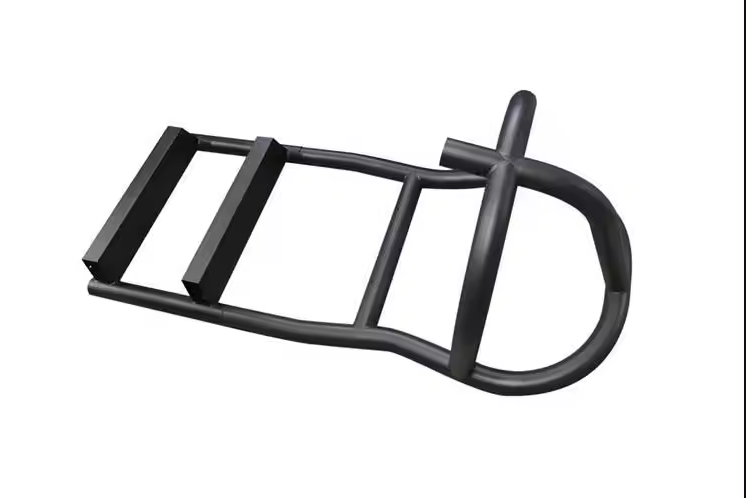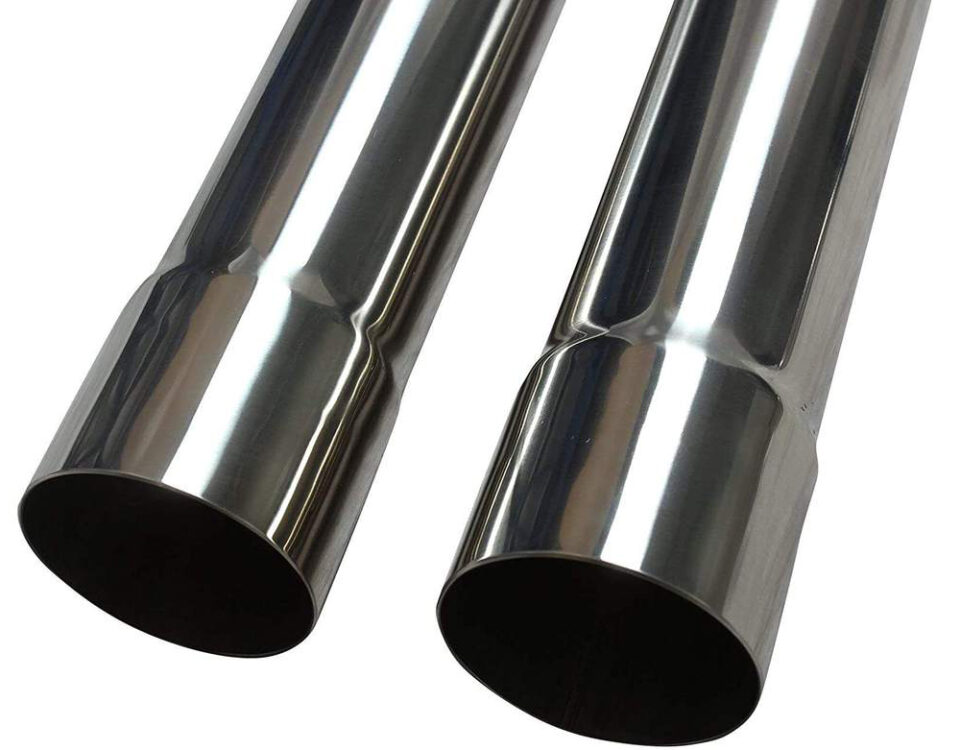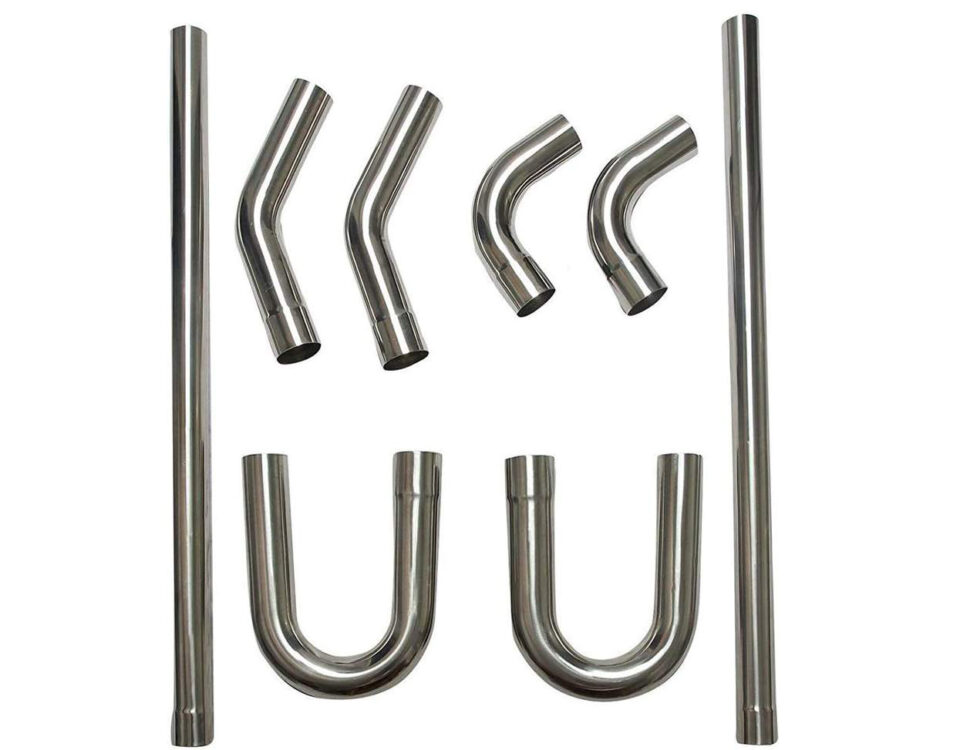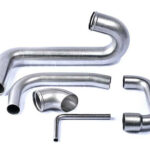
Long Radius Bending
November 13, 2023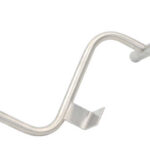
Small Diameter Pipe Bending
November 14, 2023Large Diameter Pipe Bending: Techniques and Applications
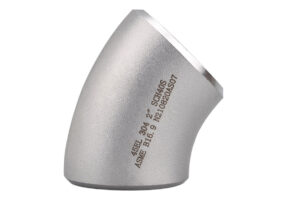
Large diameter pipe bending is a specialized process used in various industries, such as oil and gas, construction, and manufacturing. This technique allows for the precise and controlled deformation of pipes with substantial diameters, enabling complex pipeline systems and structures to be constructed. In this article, we will explore the techniques and applications of large diameter pipe bending, highlighting its importance and benefits.
1. Understanding Large Diameter Pipe Bending:
It refers to the process of curving or flexing pipes with a diameter greater than conventional tubes. The primary objective of this technique is to alter the pipe’s shape without compromising its structural integrity. Large diameter pipes are typically made of materials like steel, stainless steel, or aluminum, known for their excellent strength and durability.
2. Techniques of Large Diameter Pipe Bending:
There are two commonly employed methods for bending large diameter pipes:
a) Hot Induction Bending:
Hot induction bending involves the use of localized heating to achieve the desired bending radius while the pipe is mechanically pushed against forming dies. The localized heating softens the pipe material, allowing it to be bent easily without any risk of kinking or wrinkling. This method is well-suited for pipes with thicker walls or heavier materials.
b) Cold Bending:
Cold bending is performed at ambient temperature using specialized machinery. The bending process involves applying force either manually or through hydraulic presses to deform the pipe gradually. Cold bending is suitable for pipes with thinner walls or those built from materials that do not require high-temperature treatment.
3. Advantages and Key Considerations:
Large diameter pipe bending offers several advantages and considerations that make it a preferred choice in various applications:
a) Enhanced Structural Integrity:
By using controlled bending techniques, large diameter pipes maintain their structural integrity, ensuring reliable and long-lasting performance in demanding environments.
b) Cost Efficiency:
Bending large diameter pipes eliminates the need for costly prefabricated elbows and fittings. This reduces material waste, transportation costs, and installation time.
c) Versatility in Design:
The ability to bend large diameter pipes allows for the creation of complex pipeline configurations, enabling efficient routing around obstacles and conforming to architectural or engineering requirements.
d) Material Selection:
Large diameter pipe bending can be applied to numerous materials, including carbon steel, stainless steel, and aluminum, offering flexibility in choosing the appropriate material for specific applications.
4. Applications of Large Diameter Pipe Bending:
It finds application in various industries, including:
a) Oil and Gas: Large-diameter pipelines used for transporting oil, gas, and other fluids are often subjected to bending to navigate varying terrains, obstacles, and infrastructure.
b) Construction and Infrastructure: Large-diameter pipes are used in construction projects such as bridges, tunnels, sewage systems, and water treatment plants, where bending is necessary to accommodate space limitations or design considerations.
c) Industrial Manufacturing: Industries such as chemical processing, power generation, and manufacturing often require large diameter pipes with custom bends to facilitate fluid flow or implement specialized processes.
Conclusion:
It is a critical process used in numerous industries that require the manipulation of piping systems to meet specific design, space, or functionality requirements. With the application of precise techniques, large diameter pipes can be bent without compromising their structural integrity, offering versatility and cost efficiency. By understanding the techniques, advantages, and applications of large diameter pipe bending, engineers and professionals can harness its benefits to create robust and efficient infrastructure and industrial systems.

